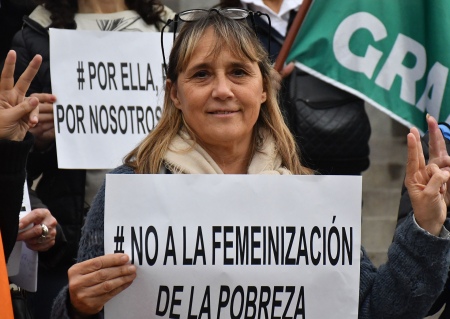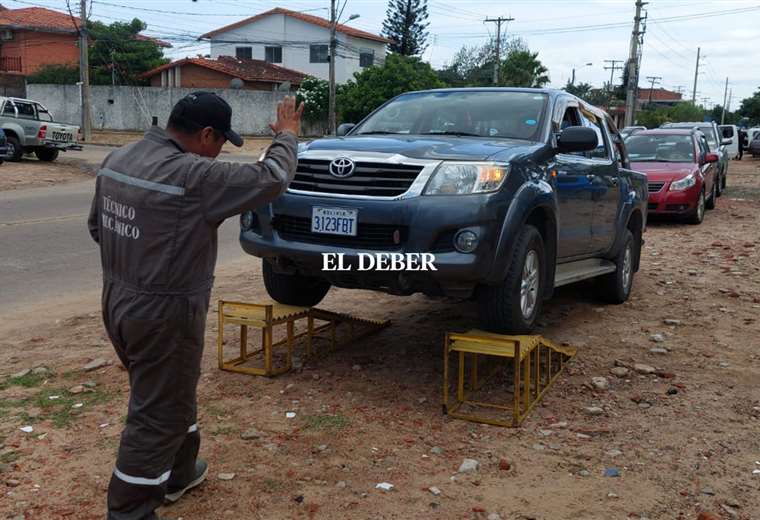Women represent 64% of the lower-income population, according to data published by the Ministry of Women, Gender and Diversity of the Nation (MMGyD).
The Observatory of Violence and Inequalities for Gender Reasons of the MMGyD published the “Report on the participation of women in work, income and production”, in which it is argued that women are overrepresented in the lowest income deciles.
In this sense, they pointed out that 6 out of 10 women were located in the lower strata (deciles from 1 to 4), when in the case of the males, this proportion is 4 out of 10.
The report specifies that the decile with the lowest income is made up of almost 64% by women, while they are a minority in the decile with the highest income, with 36% of the total.
In this way, it is visualized that gender inequality is the main factor of the feminization of poverty in Argentina.
Gender inequality is the main factor in the feminization of poverty in Argentina
Based on data during the second quarter of 2022 in the Permanent Household Survey of the National Institute of Statistics and Censuses (EPH-INDEC), the Observatory highlighted that women earn, on average, 28.1% less than men; the unemployment rate is 7.8% for women and 6.1% for men.
Added to this is the fact that women are more exposed to informal jobs that violate their labor rights.
Meanwhile, the activity rate for the population aged 14 and over presents a differential behavior by gender: 51.7% correspond to women and 70.1% to men, which means that women participate less in the world. employment, with a gap of 18.4 percentage points.
The positive data is that with respect to this last point the gap was reduced by 2.3 percentage points with respect to the same quarter of the previous year.
Within this framework, one of the main axes marked by the management of the Minister for Women, Gender and Diversity, Ayelén Mazzina, is the strengthening the development and economic independence of women and LGBTIQ+key to preventing and exiting circles of gender-based violence.
Women earn, on average, 28.1% less than men
Along these lines, they reported that the ministry is promoting initiatives such as the National Program for Gender Equality at Work, the Registered Program; the Accompany Program; the Produce Program; the Generate Program; the Sow Equality Program; Employment and Production “Equal”.
They also highlighted the bill “Caring in Equality”, and the regulation of article 179 of Law 20744 on Labor Contracts, which establishes the obligation for work establishments to have care spaces for boys and girls in charge of the people they employ, with the aim of promoting co-responsibility of care; among other.
The feminization of poverty and the lack of economic independence of women and LGBTI+ are key factors for the reproduction of gender-based violence. In addition, situations of gender-based violence and harassment produced inside and outside the sphere of work, employment and production are essential to understand these barriers that women and LGBTI+ face in their work and life trajectories.
In this sense, they pondered the analysis and systematization of statistical information on gender inequalities to evaluate and improve public policies that are developed throughout the country.


















